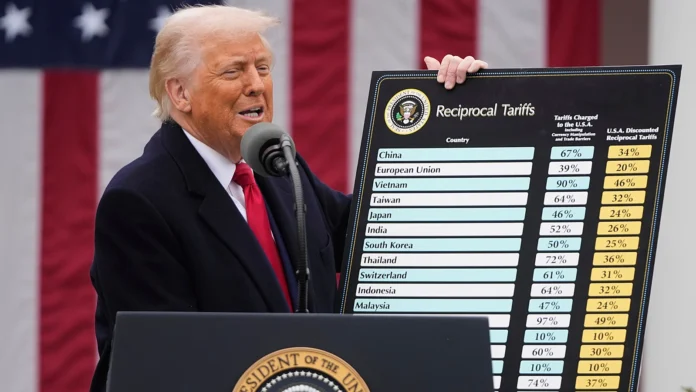New Delhi [India]: A recent report by Systematix Research reveals that the sharpest rise in US tariffs, announced by President Donald Trump, is squarely aimed at emerging economies, with Asia—particularly Southeast Asia—bearing the brunt.
“The maximum increase in tariffs is on emerging economies, particularly in Asia and Eastern Europe, with Southeast Asia, followed by Eastern and Continental Europe, and the Middle East,” the report said.
Dubbed the “Liberation Day” tariff shock, this policy marks a resurgence of post-2008-style protectionism, with wide-ranging implications for emerging markets (EMs).
According to the report, the new tariff regime will likely:
- Narrow the growth gap between emerging markets and advanced economies
- Slow down real household incomes
- Suppress savings and investment rates
- Accelerate public debt and weaken private sector performance
- Reduce both Foreign Direct Investment (FDI) and Foreign Portfolio Investment (FPI)
The report warns that for EMs, every 100 basis points (bps) drop in global trade openness—measured as total imports and exports relative to GDP—could result in:
- 200–600 bps fall in per capita income
- 123 bps drop in productivity
It highlights that the weighted average tariff for the 52 major countries most affected—who account for 66% of US imports—stands at 34.6%. In contrast, 170 other countries, contributing only 0.2% to US imports on average, face a minimum tariff of 10%.
Impact on India:
For India, the report predicts serious economic headwinds including:
- Sluggish private capital expenditure
- Lower job creation
- Reduced household disposable income
- Falling real consumption
- Rising public and household debt
As global protectionist trends rise, the report underscores the need for India to diversify trade strategies, strengthen domestic investment, and build resilience against external trade shocks.


